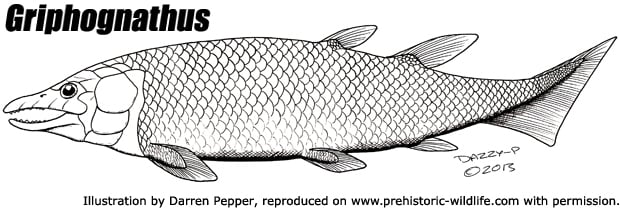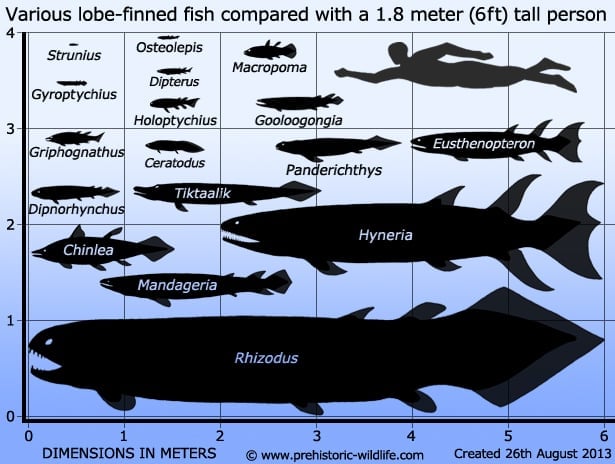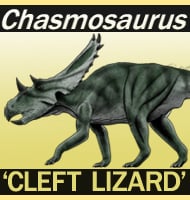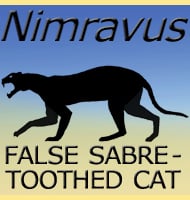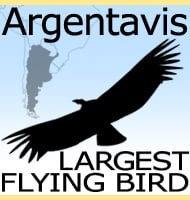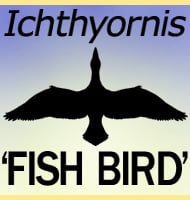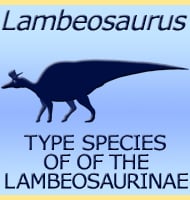In Depth
Griphognathus was an early lungfish, an identification which means that members of the genus may have been able to survive for short periods out of the water. The body is long with most of the fins being situated towards the rear, the pectoral fins being the obvious exception to this. The upper lobe of the tail is much more developed than the lower, suggesting that Griphognathus may have spent a lot of time near the bottom since the reduced lower lobe would then not be rubbing against hard obstacles. The name of the genus s derived from the hook-like shape of the jaws.
Further Reading
– Dipnoan (lungfish) skulls and the relationships of the group: a study based on new species from the Devonian of Australia. – Zoological Journal of the Linnean Society 61:1-328. – R. S. Miles – 1977.
